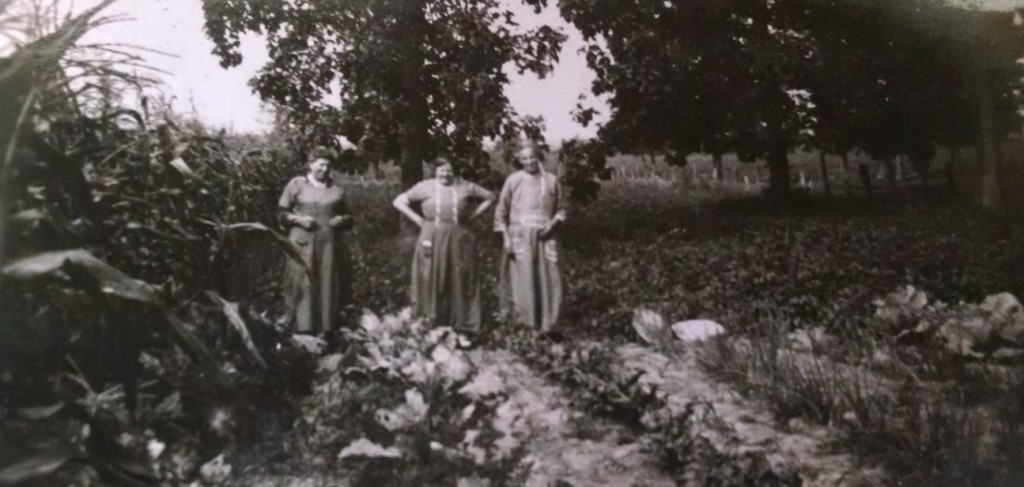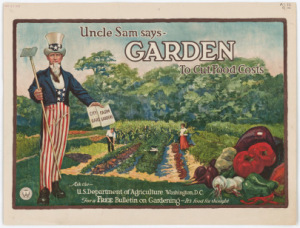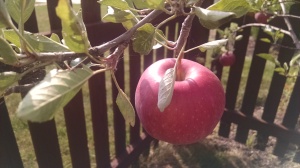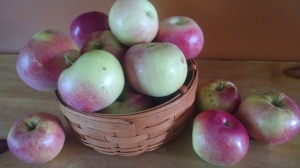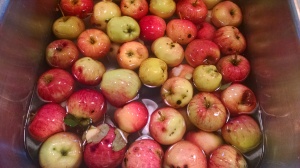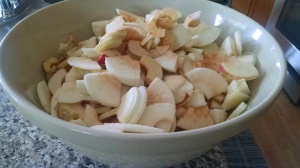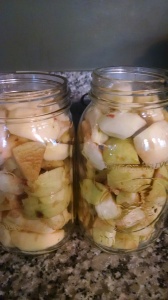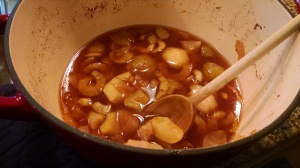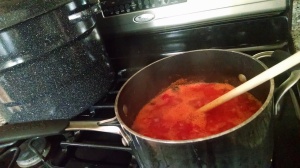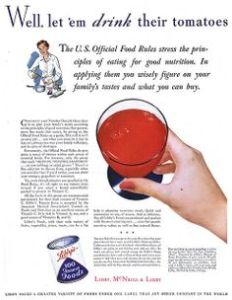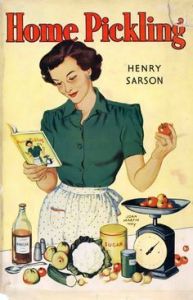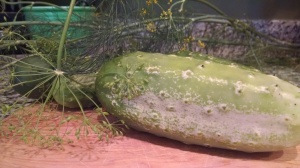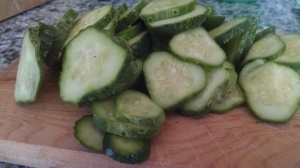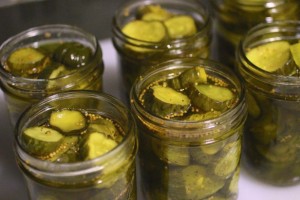The U.S. involvement in WWII passed four Januaries. The first, in 1942 was just short a month from the Pearl Harbor attack and a few months before rationing began. The final January, in 1945, occurred while the Battle of the Bulge waged in Europe, nearing the end without the home front knowing it would thankfully be the last January of the war.
In my kitchen, each January marks the memory of my grandmother’s birthday on January 14th, aged 13-16 during the war. 
January also seems like a good time to maintain the things that need to keep in good working order to use up, wear out, and make do throughout the coming year. Here’s a partial list:
- Gardening Tools: A spray of WD-40* on the tools I will rely on in a few long, cold months in the Victory Garden helps to protect them from rusting and splintering. It also helps in keeping parts moving smoothly and efficiently when spring arrives.
- Cords, Cords Everywhere: There is a law in my house that prohibits anyone from throwing away any twist-tie from a bread wrapper or other form of packaging. And here’s why. I take a walk through my house, room by room, cupboard by cupboard looking for any electrical cord that needs to be neatly held with a twist-tie. Or, if in use and not able to be wrapped up, at least has a twist-tie attached to it for future use. You’ll be amazed at how well this little task saves on bent plugs, messy cupboards and rooms, and tangled messes. Any cord that does not have a home gets wrapped neatly, labeled to remind me what it once belonged to, and then stored all together in one spot for electronic cords.
- House Maintenance: At the same time while I am going room to room looking for cords to wrap up, I also take a notebook and pen with me to make note of anything in each room that will need extra attention throughout the year — such as painting, deep cleaning, repair, or something added/removed to make it more appealing. Obviously, I’m a list maker and I appreciate seeing things getting crossed off, but this is also a way for me to budget time and money for home improvements no matter how big or small.
- Wood: It is crucially important to maintain any wooden cutting boards and wooden handles of kitchen tools. I maintain at least twice a year, but for sure in January when the humidity in the house may be at its lowest. I use mineral oil or butcher block wax to condition all of the tools, then I give my cupboards a quick swipe with the oily rag to make the most of the used oil.
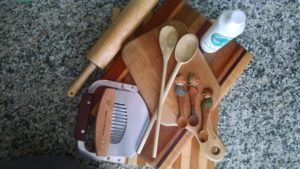
- Recipes: As my WWII kitchen project progressed, I began to realize that I can become overwhelmed with too many recipes in front of me. I have one cabinet in my kitchen where I keep all of the recipes and monthly menu plans that work best for our home. As months go by I may add a picture of a recipe snapped from a book or magazine that once looked interesting. So each January, I lay out all the cookbooks, binders, and loose pieces that have accumulated and archive the ones never used. I think of recipes in the same way I think of items in my clothes closet. I tend to wear the same things over and over and by purging what I don’t wear I save time by not giving myself too many useless choices. When it comes to meals and the groceries that go with them, it’s easy to make choices quickly since any recipe at hand is a good one and likely to be one that I am able to keep ingredients on hand. What’s for supper? I simply open the binder to any page and make what I see.
For now, this list will make the most of my January and set me up for another year of war in my kitchen!
*Okay, okay… WD-40 was not invented until after WWII in 1953, but using plain oil as was common in households during WWII is frowned upon in my home for the same reasons that WD-40 is so widely popular.



